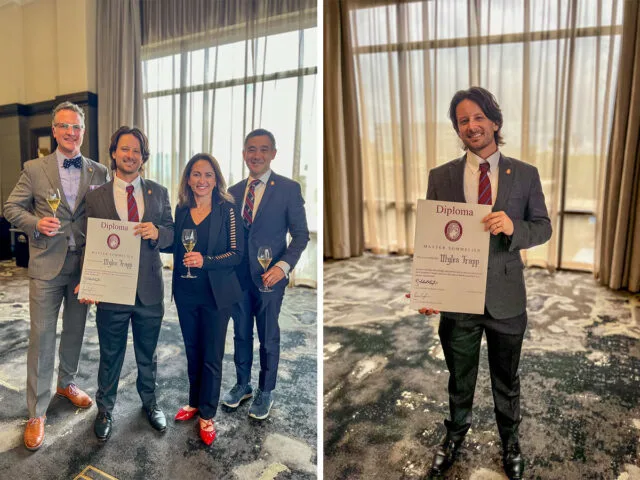Since their earliest modern manifestations in the first half of the past century, geographical indications (GIs) have been instrumental in shaping people’s understanding of wine.
They provide drinkers with a level of confidence regarding the origin of grapes and adherence to safety standards. They are also strongly associated with the perception of quality: The more stringent the regulations and circumscribed within a geographical area, the more accurately they are thought to reflect a wine’s terroir expression.
Generic table wines like France’s vin de France and Italy’s vino da tavola, which instead offer producers considerable freedom, have traditionally been associated with more affordable and lower-quality options.
While somewhat accurate overall, such a simplistic, binary interpretation has been gradually losing its relevance. A growing number of winemakers around the world have strayed from the constraints of GIs in favor of more freedom and creativity in the production process.
“In the past, vin de France used to be a category dedicated to cheap wine, or maybe for natural wine,” says Anthony Aubert, winemaker and founder of no-appellation wine brand Aubert & Mathieu. “Today, we don’t care about the appellation anymore. I just want to do what I like—I don’t need any rules.”
Aubert’s winemaking approach, designed for a younger demographic, is highly dynamic. By avoiding the constraints of appellation rules, he believes he gains the flexibility to create wines precisely tailored to the preferences of his target audience.
“I source fruit locally within the Languedoc-Roussillon, but also from the Rhône and the
This Article was originally published on Wine Enthusiast





